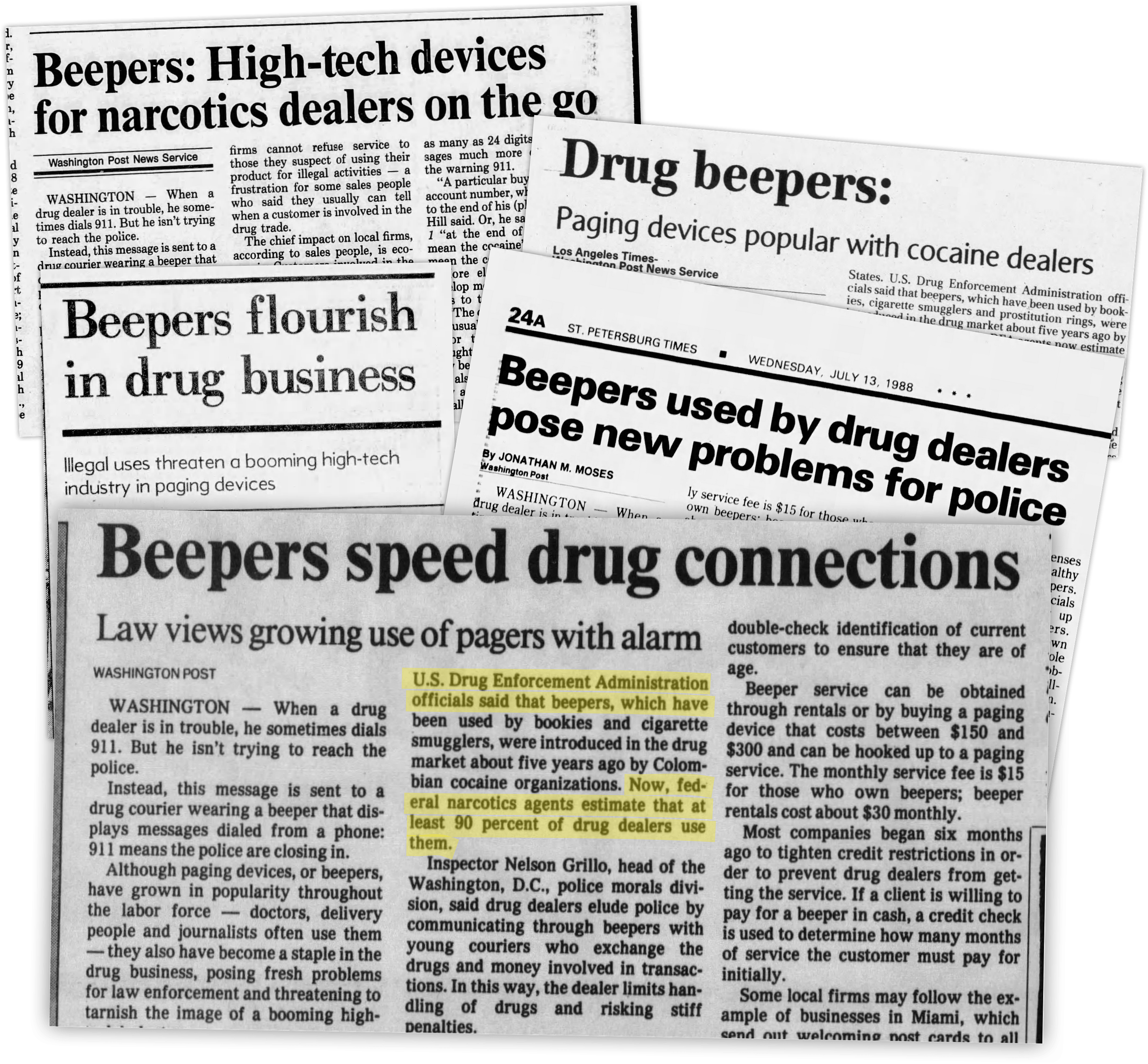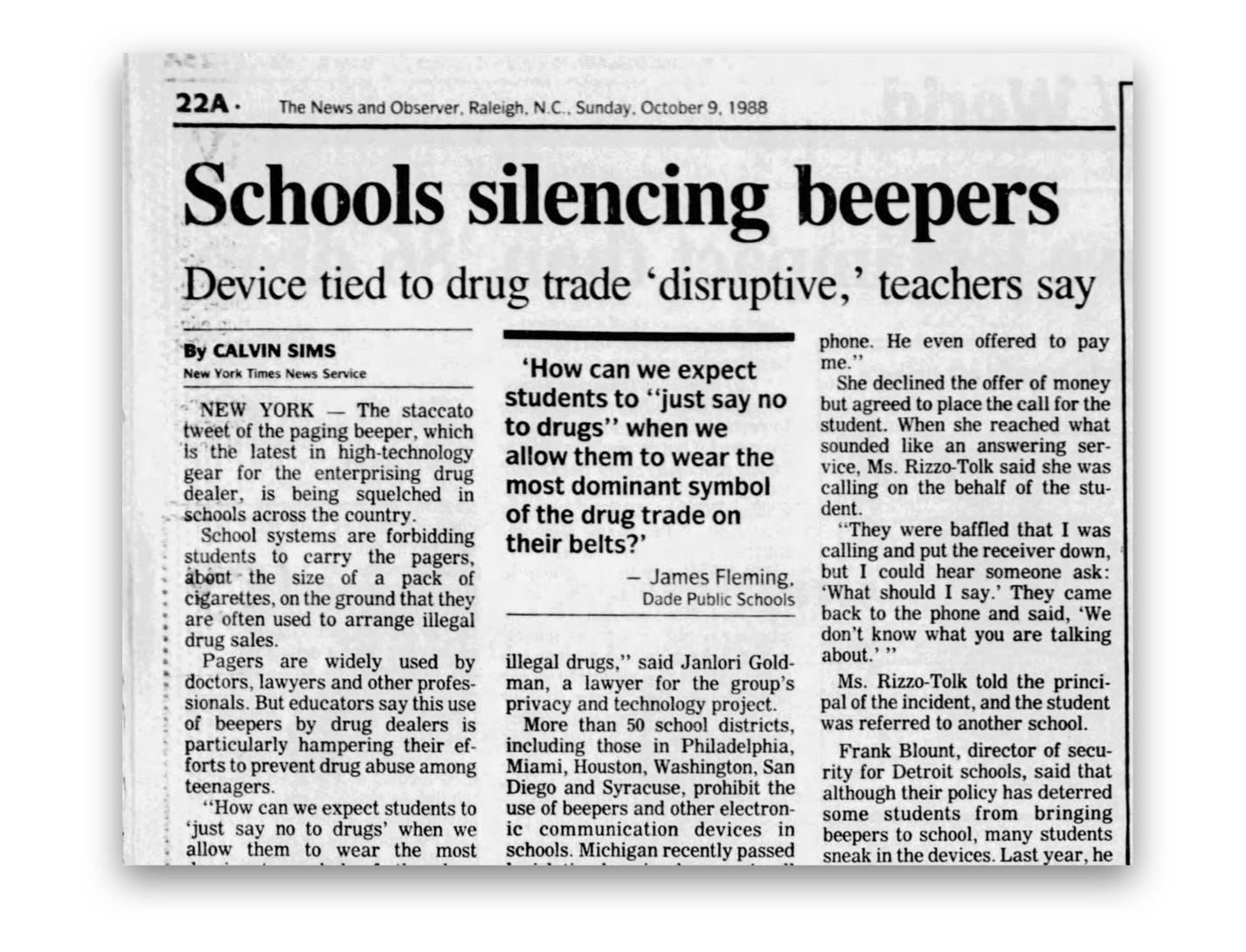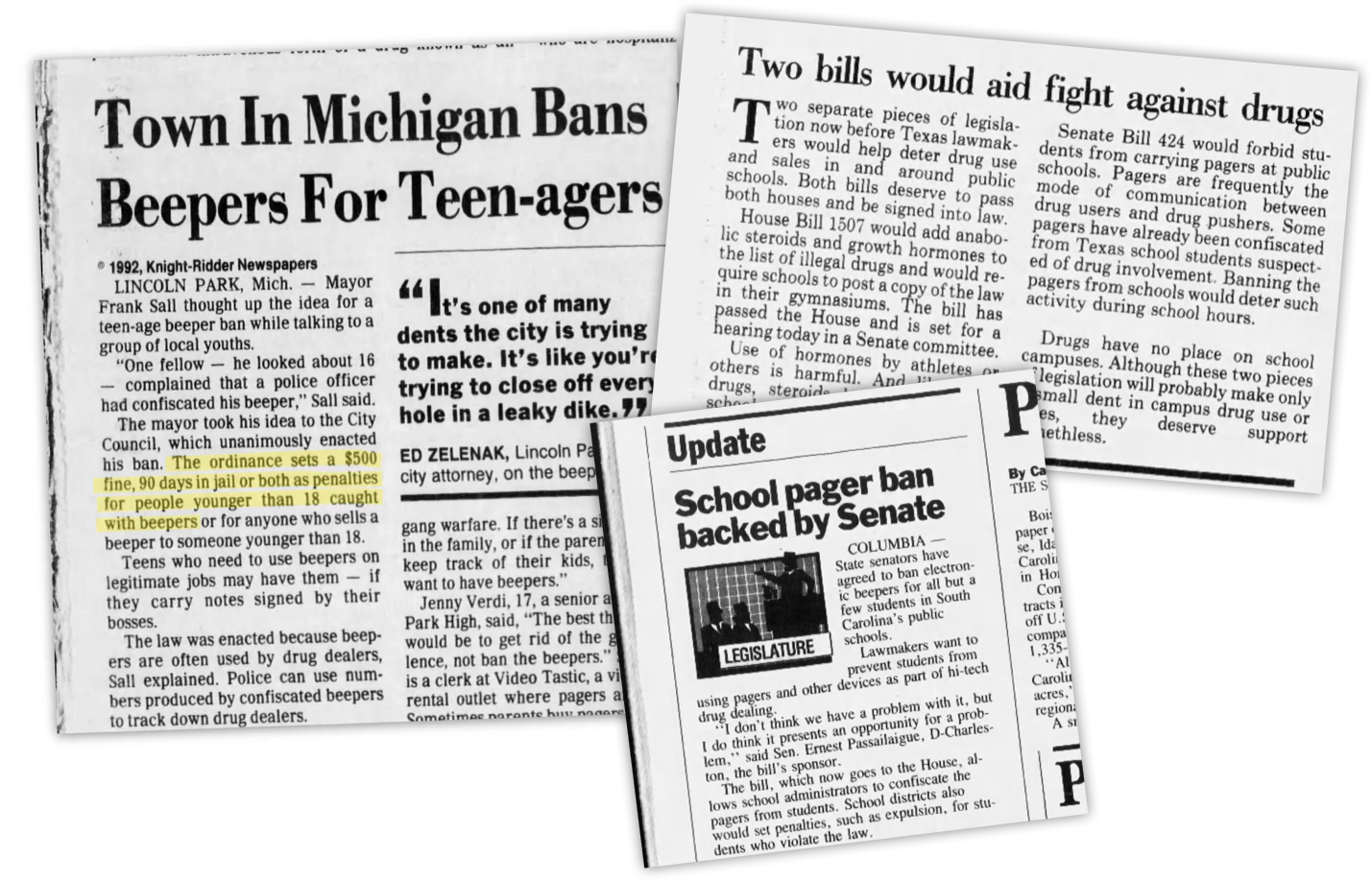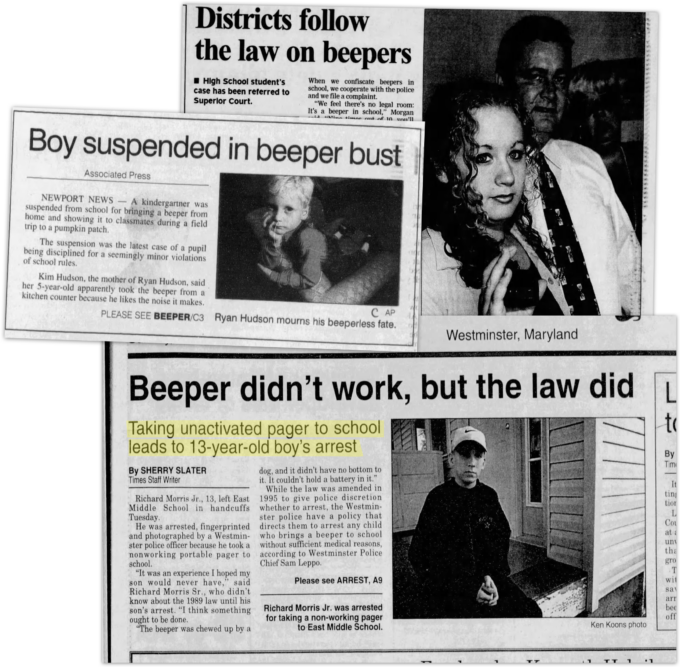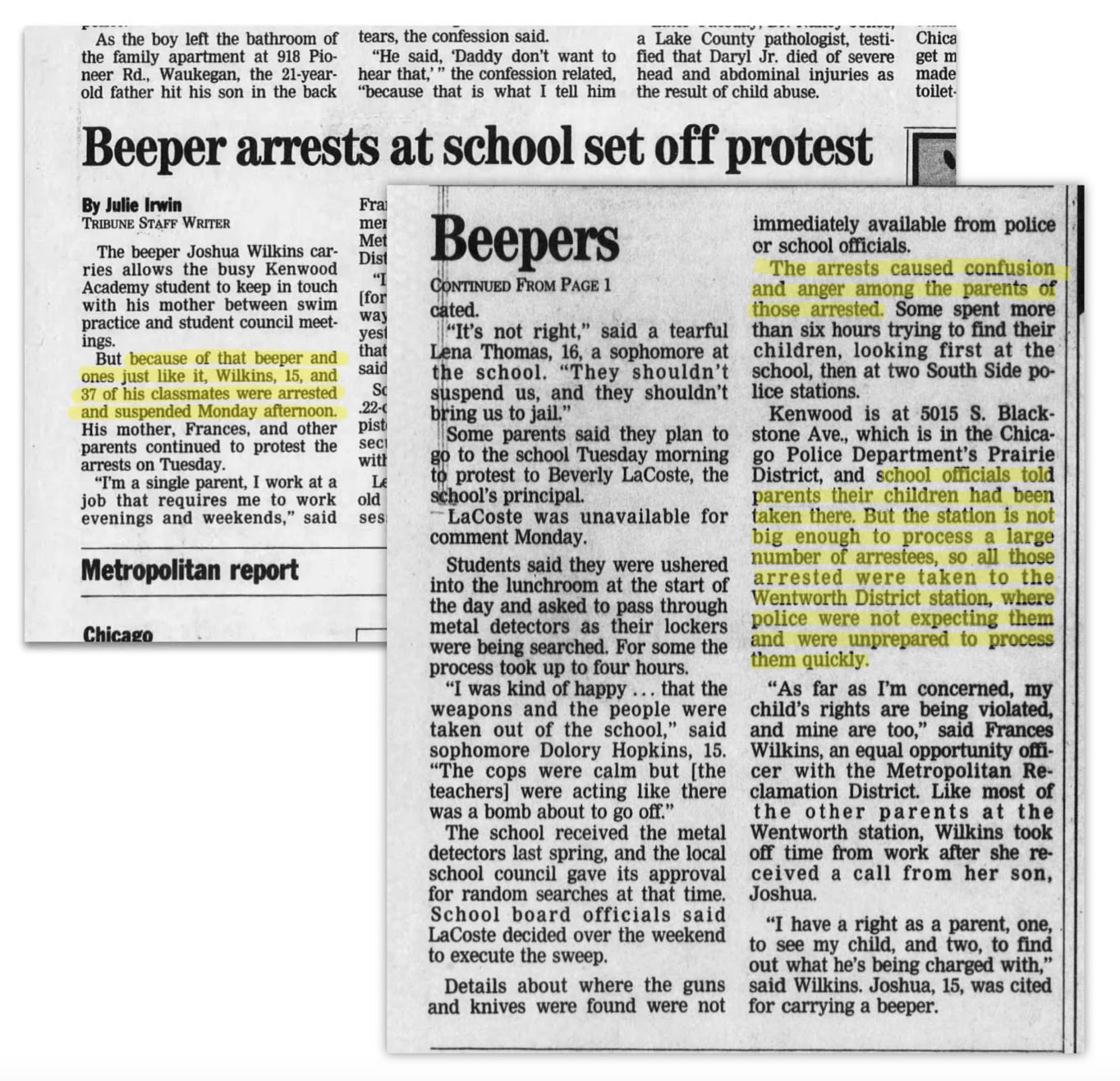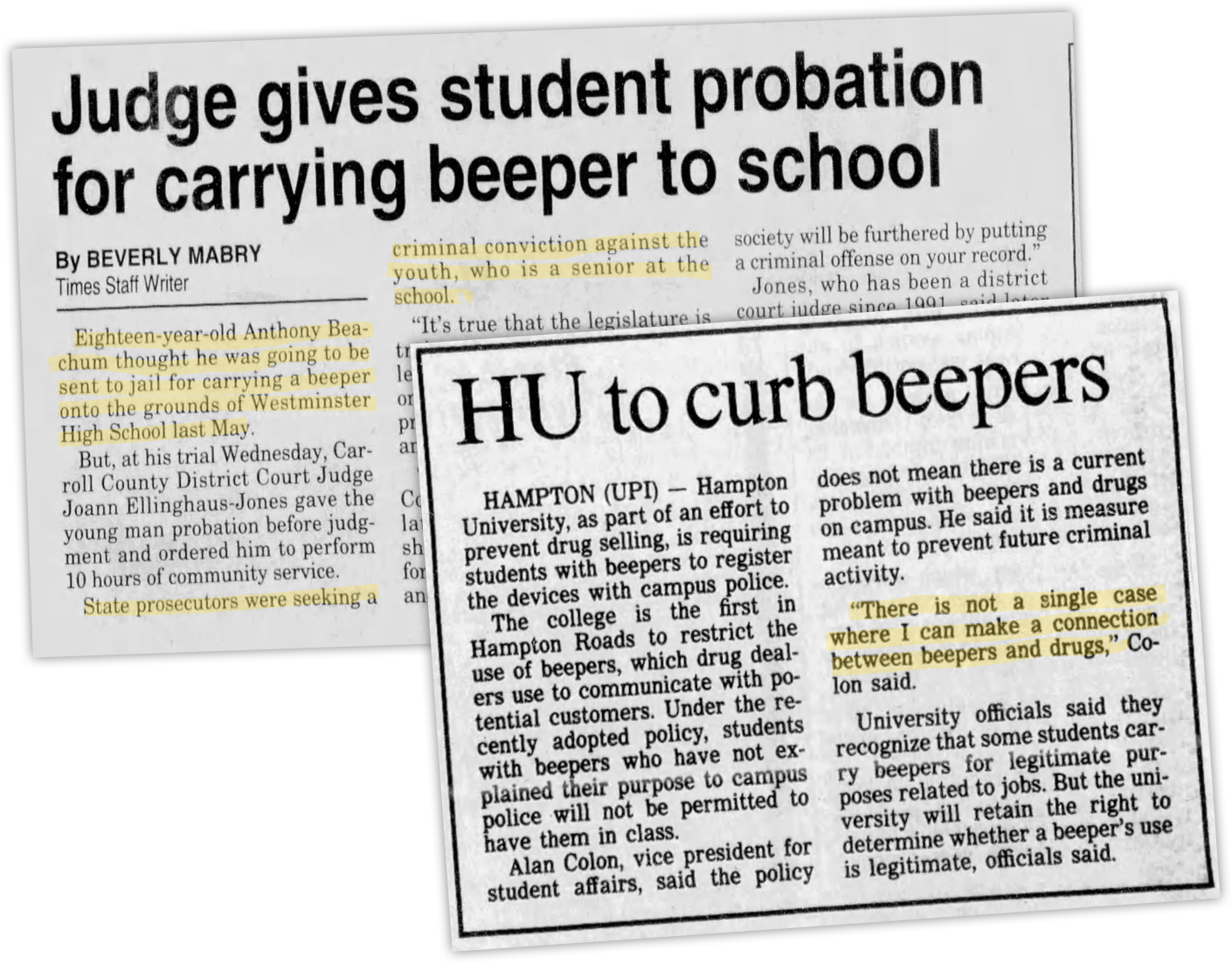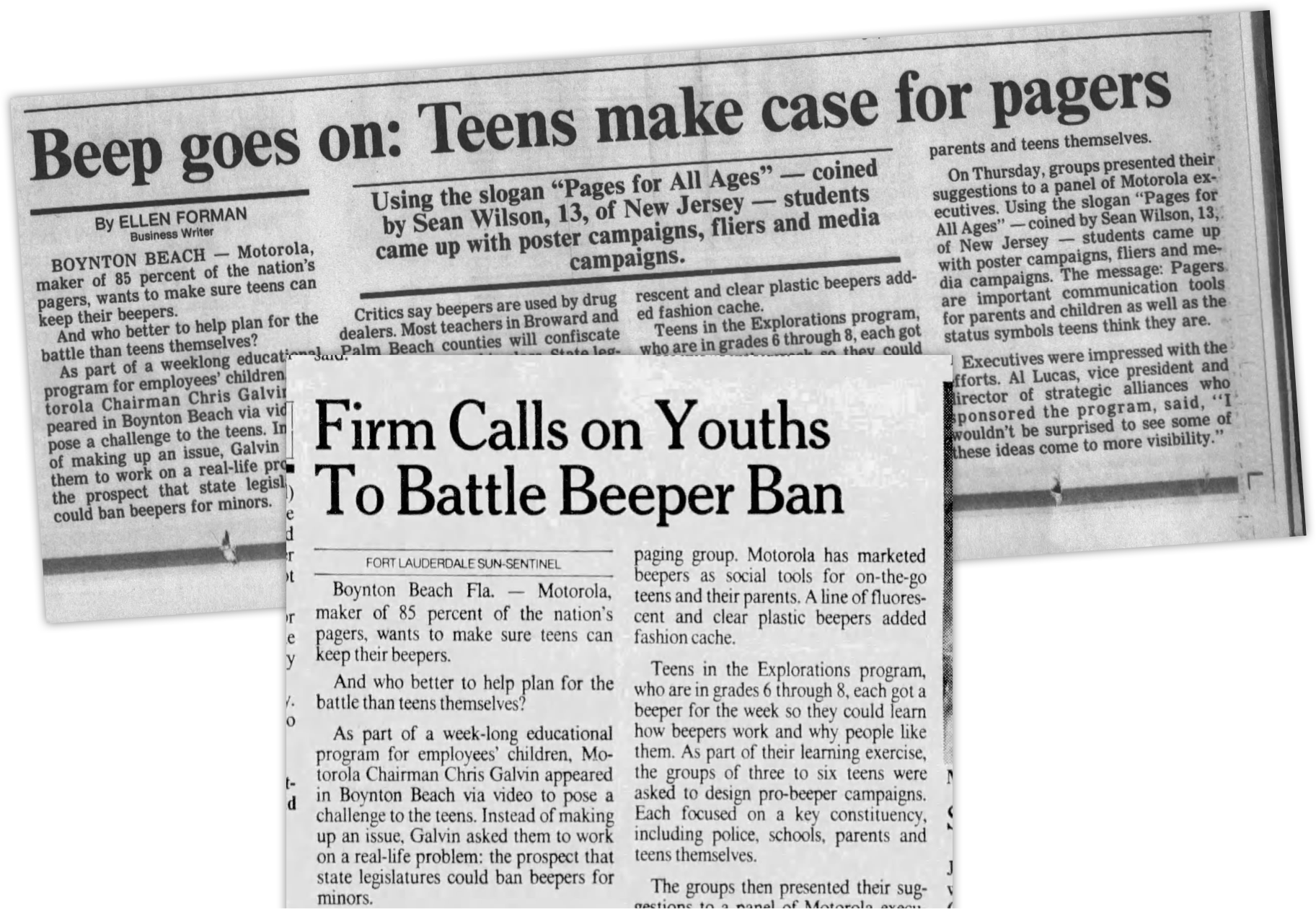Summary: The Four Asian Tigers, namely Hong Kong, Singapore, South Korea, and Taiwan, have achieved remarkable economic growth and human development since the 1960s. Their common strategy was to embrace market-oriented policies, export-led industrialization, and the rule of law. This article explains how the Asian Tigers can inspire other developing countries in the Global South to follow their example.
In the aftermath of World War II, the territories now known as the Four Asian Tigers were among the poorest places in the world. Hong Kong, Taiwan, Singapore, and South Korea, all occupied by the Japanese Empire during the war, had poverty rates equivalent to those in the Global South. That changed, thus showing the promise of economic liberalism for the rest of the world.
In 1950, South Korea’s GDP per capita (in 2018 USD) was just $1,311, less than that in the Democratic Republic of Congo ($2,033). But in 2020, South Korea’s GDP per capita of $44,561 surpassed that of the United Kingdom ($43,906). South Korean companies such as Samsung, Hyundai, and LG are global household names, generating billions of dollars in revenue. South Korea is now considered a “cultural superpower,” with a “Korean wave” of film, music, and television programs surging in popularity across the world.
Taiwan’s 1950 GDP per capita of $1,568 was also lower than that in the Congo. Today, it stands at $59,721 – not far from Denmark’s $60,587. Globalization has been crucial to Taiwan’s prosperity: the Taiwan Semiconductor Manufacturing Company (TSMC), which fabricates the chips used in iPhones, is the ninth-largest company in the world by market capitalization. Taiwan’s newfound wealth has coincided with political and social liberalization. In 2019, it became the first country in Asia to legalize same-sex marriage after appointing Asia’s first openly transgender government minister in 2016.
In 2021, Hong Kong’s GDP per capita was $62,193, more than 14 times its 1950 level of $4,397. Many economists, including the Nobel Prize winner Milton Friedman, ascribed Hong Kong’s wealth to its policy of “positive non-interventionism,” a hands-off form of economic liberalism that the city has followed since the 1950s. Hong Kong was a British colony until 1997 when it was returned to mainland China. After reunification, the city counted for half a percentage point of China’s population but a fifth of China’s economy.
Like Hong Kong, the city-state of Singapore has reached prosperity through free trade and enterprise. Recognizing that the rule of law is essential for business, Singapore passed wide-ranging anti-corruption laws, including the 1960 Prevention of Corruption Act. Because of that, Transparency International has frequently rated the city-state one of the least corrupt countries in the world — in 2020, Singapore ranked third, behind New Zealand and Denmark. Since the 1960s, Singapore has upheld low taxes, avoided boundless red tape, and encouraged skilled immigration. That has increased the city state’s GDP per capita seventeen-fold since 1950 – from $5,885 (poorer than Mexico) to $101,513 (twice as wealthy as Canada).
The Four Asian Tigers are paragons of human development, and their fast growth should be a model for Global South economies hoping for similarly rapid development. Their success is down to several factors, including market-friendly policies, the rule of law, and the protection of property rights. Yet, the greatest boon to these four territories was undoubtedly globalization. Hong Kong’s hyper-specialized, hyper-productive economy supports over seven million people, despite importing over 90 percent of its food. Each Asian Tiger followed the same formula – economic specialization and high exports generating rapid growth. In turn, economic growth has led to tangible improvements in human well-being, including life expectancy. In 2019, a Hongkonger could expect to live for 84.9 years, the longest of any territory in the world. Life expectancy was 83.6 in Singapore and 83.0 in South Korea.
The achievements of the Asian Tigers are not total, nor are the four territories guaranteed to stay prosperous forever. While Singapore is one of the least corrupt countries in the world, South Korea’s government is engulfed in several embezzlement scandals. While Taiwan is open and democratic, Singapore is only a “flawed” democracy. Hong Kong has never been a democracy, despite the pleas of its people. China – which has tried to copy the Tigers’ economic success without emulating their political freedoms – now overshadows all Asia. Nevertheless, taken together, the Asian Tigers embody the worldwide promise of liberalism. Their march towards free, open, and wealthy democracies is the best alternative to the Chinese model for the developing world to follow.



